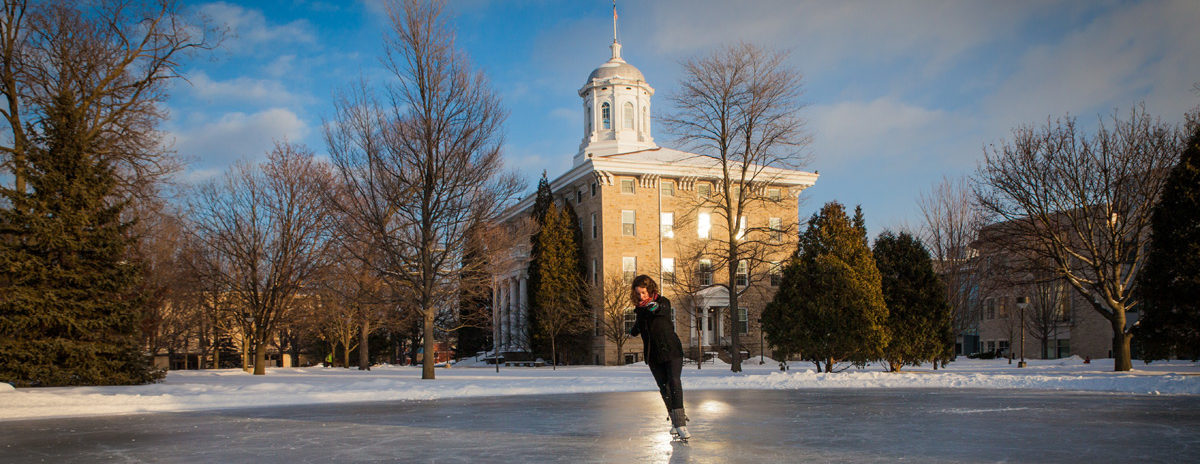This morning, as I was catching up on an old podcast while shaving, an interesting insight came to me.
(Warning: exercise extreme caution while simultaneously handling a razor and an interesting insight. Failing that, have a bandage handy.)
This particular podcast, NPR’s “Planet Money,” covers a wide range of topics, from how LeBron James is the “most underpaid athlete in the world today” to Duke’s $30,000 tuition discount. If you’re looking for an interesting peek into the finances of a major private research university, I encourage you to listen to the latter—and I highly encourage you to listen to it while doing something safer than shaving, like fluffing pillows.
The Duke story centers on the notion that, despite its approximately $60,000 cost of attendance, students who attend Duke are getting a $30,000 off-the-top discount—the argument is that it actually costs $90,000 to educate a Duke student after accounting for physical attributes of the campus, financial aid, salaries, lab facilities for big-name researchers, and other items.
The accounting isn’t what caused me to jump. As someone who works at a private college, I wasn’t surprised to hear what I already knew: colleges and universities are extremely expensive to run. (This is true even for public colleges, which, through their states’ budget support, are also able to heavily discount their real costs.)
My “a-HA!” moment came in the closing two minutes of the podcast, where the hosts pose the obligatory summary rhetorical question: Is it worth it? Or more accurately:
If you’re a student… are you getting a massive discount on the cost of your education, or are you subsidizing a giant educational edifice that you as an undergraduate student will barely come into contact with? [The answer: it depends on what kind of student you are…]
The question—and especially their “it depends” answer—forced me to rethink my perspective on the challenge that families rightly have been putting to every college in the country with increasing frequency: what is the return on the investment I’m going to make in your college?
We colleges—Lawrence included—usually answer that question with some combination of the following:
- profiles of alumni with either (a) cool jobs, (b) nifty titles, (c) jobs at nationally-recognizable entities, or (d) some mash-up of all three;
- lists of employers, graduate and professional school placements;
- percentages of recent graduates who are employed or in graduate school within six months of graduation.
These may be answers, but they’re not necessarily the right evidence for return on investment. They also suggest a simple input/output relationship: if you attend our university, then this can happen to you, too.
But here’s the other part—which brings me all the way back to my “shaving incident.”
The return on investment question is deceptively simple: “If I invest X, what might Y be?”
But X and Y are way more complicated.
Because X is not just your cost of attendance for four years. It’s also the degree to which a student takes advantage of what the college has to offer:
- If the school offers research opportunities for undergraduates, will you take them?
- If the school offers the services of its professors to help you craft a meaningful and relevant curriculum, will you use them?
- If the school provides a rich extracurricular life—filled with athletic, musical, and other activities—will you participate in or support them?
- If the school offers a city community beyond its campus as a place for work, play, and service, will you get out into that community?
Even if a student answers affirmatively to all or even some of the above, Y is difficult to predict—and Y becomes less predictable (and, presumably, more transformative) the more students engage all of the elements of X.
College isn’t—or at least shouldn’t be—a passive experience. You can act upon it. Different colleges will provide you different student communities, physical and cultural environments, and degrees of flexibility in which you can shape them—and be shaped by them.
What is the return on your investment in a college?
(You know where this is going.)
It depends on how you invest yourself—not just your money—in it.



